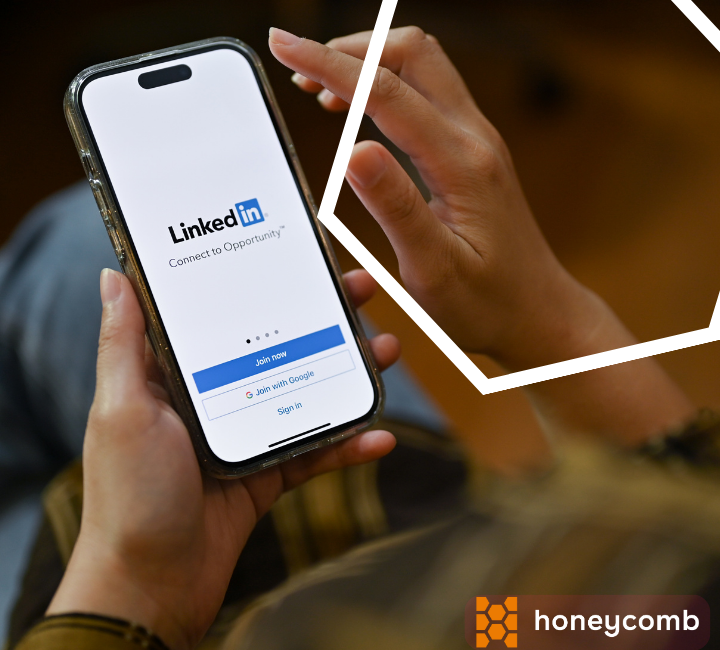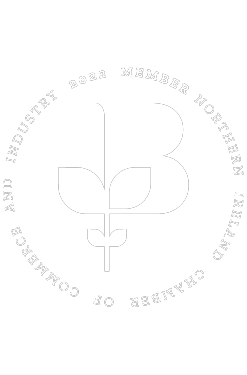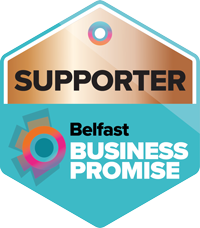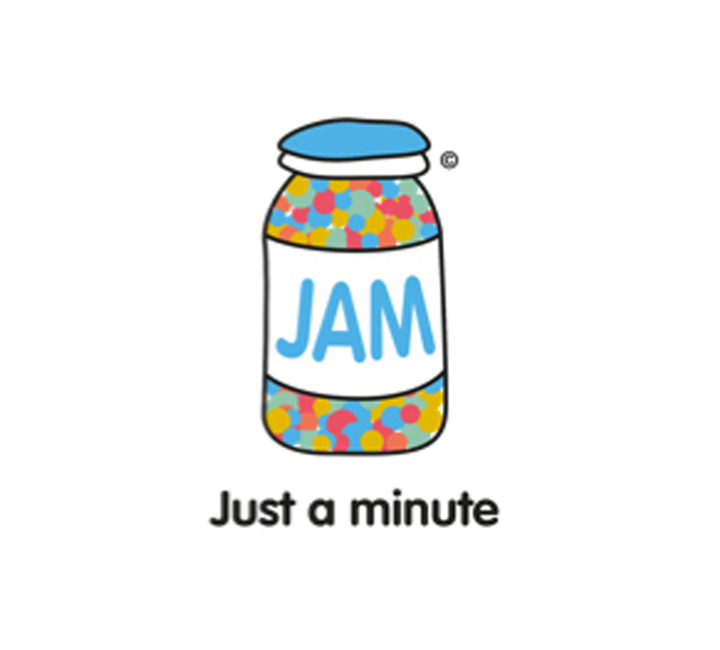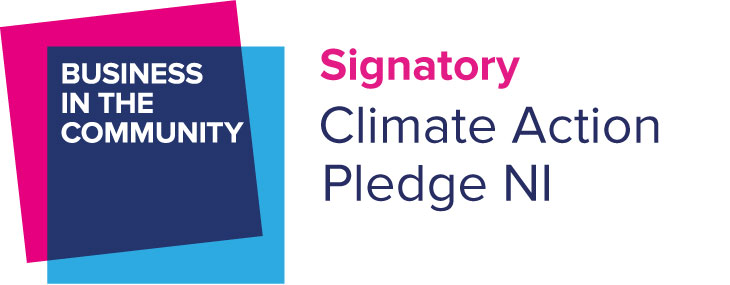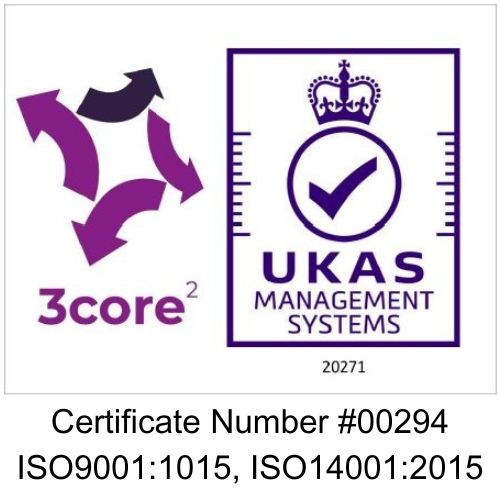How to use LinkedIn to Find a Job
Introduction
LinkedIn is a social networking site that was created in 2003. It’s now the world’s largest professional network, with over 500 million members in more than 200 countries. LinkedIn has become an essential tool for job seekers and recruiters alike because it allows you to connect with people you know, as well as those who can help you find new opportunities.
LinkedIn is also useful because it lets you showcase your skills and experience on your profile page–something that’s not possible on other platforms like Facebook or Twitter (though some companies will accept applications through these sites). You can even include links to PDFs of your resume so potential employers can see what kind of work experience you have before they even meet up in person!
Creating Your LinkedIn Profile
Your profile is your first impression, so you want it to be as professional and compelling as possible. Here are some tips for creating a great LinkedIn profile:
- Write a compelling summary that highlights your skills and experiences in relation to the job you’re looking for. This can be the most important part of your profile–it should clearly communicate what makes you stand out from other candidates.
- Add at least one photo of yourself (and make sure it’s professional!). It’s easy for potential employers or recruiters to see if someone has taken their time with their profile by seeing how well they’ve edited their photos, so don’t skimp on this step!
Growing Your Network on LinkedIn
LinkedIn is a great place to find a job, but it’s also an excellent resource for growing your network. You can add connections and join groups, participate in conversations, and share content that will help you stand out from other applicants.
LinkedIn has two types of connections: personal and professional. Personal connections are friends or family members with whom you want to stay connected; professional connections are people who work in the same industry as yours and may be able to help you find a job (or vice versa). To add someone as a connection, simply click on their name from within their profile page–the button will say “connect” next to it–and then enter their email address or phone number if prompted by LinkedIn’s system before confirming your choice.
Once all of your personal relationships have been established on LinkedIn (and maybe even some professional ones), start joining groups! Groups give users an opportunity to connect with like-minded individuals who share similar interests or goals within their field(s) of expertise; these communities allow members access into discussions specifically topics such as business development strategies or leadership skills development programs offered through various organizations across North America today.”
Researching Companies on LinkedIn
Once you’ve identified a few companies that interest you, it’s time to do some research. You can start by looking at their websites and social media accounts for information about their culture, mission statement, and values. You should also check out Glassdoor reviews from current employees (if there are any).
If you find an opening that seems like a good fit for your skillset and experience level, apply! If not–and even if so–continue reading this section on how to use LinkedIn effectively in your job search.
Searching for Jobs on LinkedIn
LinkedIn is a great place to search for jobs. You can use the search bar at the top of any page, or you can click on “Jobs” in the navigation menu on your left. The company page will show you all current openings within that company, so it’s helpful if you know which companies are hiring at this time.
Applying for Jobs on LinkedIn
Once you’ve found a job that looks promising, it’s time to. As with most things in life, there are right ways and wrong ways to do this on LinkedIn. Here are some tips:
- Write a cover letter that explains why you want the job and how your experience makes you perfect for it. The cover letter should be no longer than one page–two at most–and should include any relevant information about yourself that isn’t already included in your resume (such as awards or achievements).
- Submit both documents together in one file; don’t send them separately! Make sure they’re formatted correctly so they can be easily read by whoever is reviewing them (use Microsoft Word).
- Follow up after submitting your application materials by sending another message through InMail or emailing directly from within LinkedIn itself using its “Contact Me” feature (this will allow them access to all of your contact info). This second message should thank them for considering your application and reiterate why they should hire someone like yourself rather than anyone else who might apply for this position.”
Networking on LinkedIn
LinkedIn has a number of features that can help you find a job. One of the most effective ways to use LinkedIn is by networking with people who are already in the industry and have connections in your desired field.
LinkedIn provides multiple ways for users to connect with each other, including virtual events, groups and messages. These tools allow users to create relationships with others through shared interests or experiences while also providing them with opportunities for collaboration on projects or ideas.
Staying Up-to-Date
Staying up-to-date on the latest industry news is a great way to keep your finger on the pulse of your field. LinkedIn has several ways you can do this:
- Join groups related to your field and participate in discussions
- Follow industry experts (and see who they’re following)
- Read articles shared by people in your network
Conclusion
Now that you know how to use LinkedIn to find a job, it’s time to get started!
Here are the steps:
- Create an account on LinkedIn and fill out your profile. Make sure it’s up-to-date and includes all relevant information about your skills, education and work experience. You can also add information about awards or honors you’ve at work or school; these may make you stand out from other applicants when hiring managers review applications.
- Connect with people in your industry who have similar interests as well as connections who might be able to refer you for an open position at their company if they know someone who needs help finding someone like you (for example, if they need someone with expertise in social media marketing). Don’t just send them messages asking them for favors; instead try sending them messages thanking them for their advice or sharing something interesting related to what they do (like an article) so that they will feel inclined toward helping out if there ever comes up any opportunity where this could happen naturally during conversation between two parties involved in making decisions about hiring decisions within companies where both parties have mutual friends/acquaintances outside of just being connected through LinkedIn itself.”
Resources
LinkedIn is a great resource for job seekers, but it’s also a great resource for employers. So if you’re looking to find a job, make sure that your profile is up-to-date and complete. And don’t forget: LinkedIn makes it easy for people who know each other in real life (friends of friends) to connect on the platform as well!
If you want more information about how to use LinkedIn effectively during your job search, check out these helpful articles:
- https://www.linkedin.com/help/linkedin/answer/a511260/search-for-jobs-on-linkedin?lang=enhttps://www.linkedin.com/pulse/how-use-linkedin-find-job-jessica-carrillo?trk=hp-feed&lipi=urn%3Ali%3Apage%3Ad_flagship3_1_b0a4b9d814e7e5d5c4f7a6d29ea4a856&ref=email
- If you are looking for a new role check out the latest roles in Northern Ireland on our website: https://www.honeycomb.jobs/jobs/
